| Because getting the proportions right was important, I started with a blueprint scaled so that I could use section of 3" exhaust pipe for the body. I cut the wings from an old fireplace damper and made the tail surfaces from a metal garden border that I took out of our yard when I made new garden space for my Tyrannosaurus rex. For the tail section of the fuselage I used a tapered section of chrome exhaust from a motorcycle the nose was made from a cup-shaped whatcha-ma-doodle that was attached to the flywheel of a lawnmower. |
| This image shows the basic components tacked together. At this point I also have welded onto the wing a curly piece from an old plant stand. I used some of the same curly pieces to build the wings of Owl #1. |
| I had some ideas for details to add, but I decided to leave it "as is" after a certain point. I spent a lot of time polishing up details on Owl #1 and the rooster, and it felt right to just leave this one as is. It has the shapes I like and some good contrast, and I'm happy with it. It took me about 10 hours or so -- much of that time spent cutting and grinding with an angle grinder (perhaps one of my least favorite activities). |
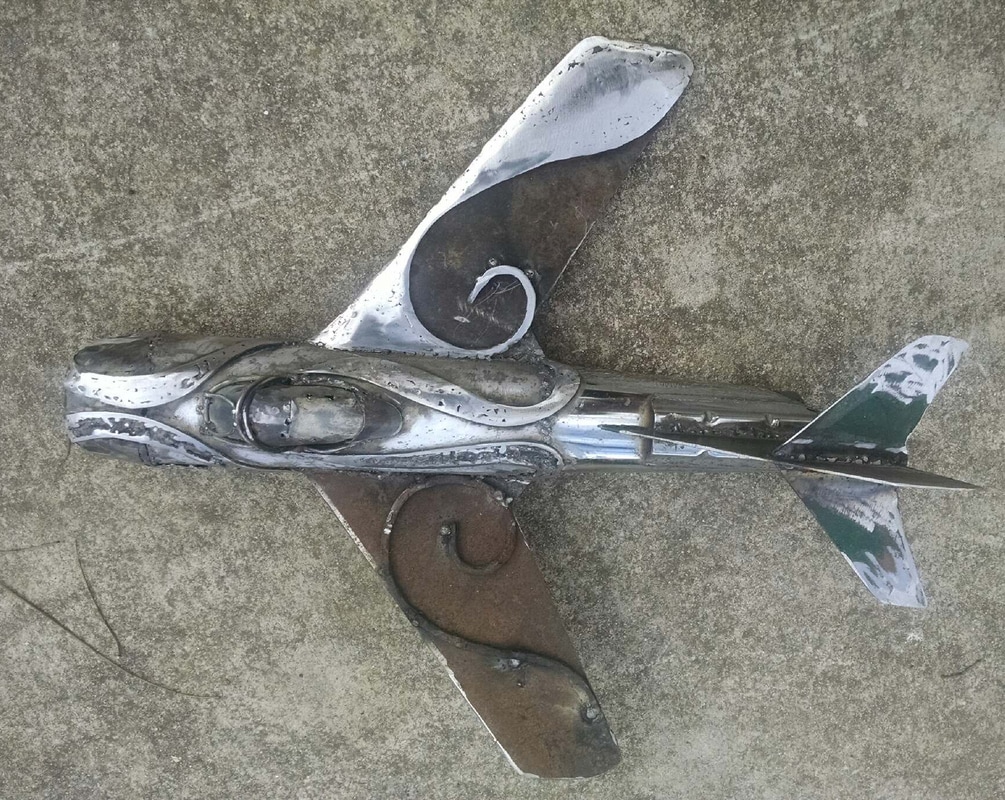
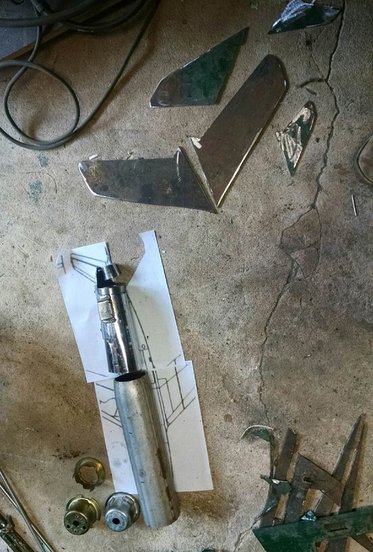
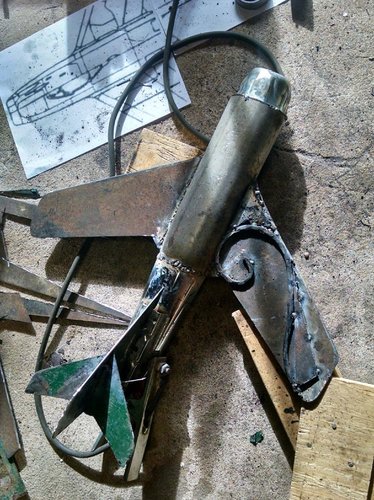
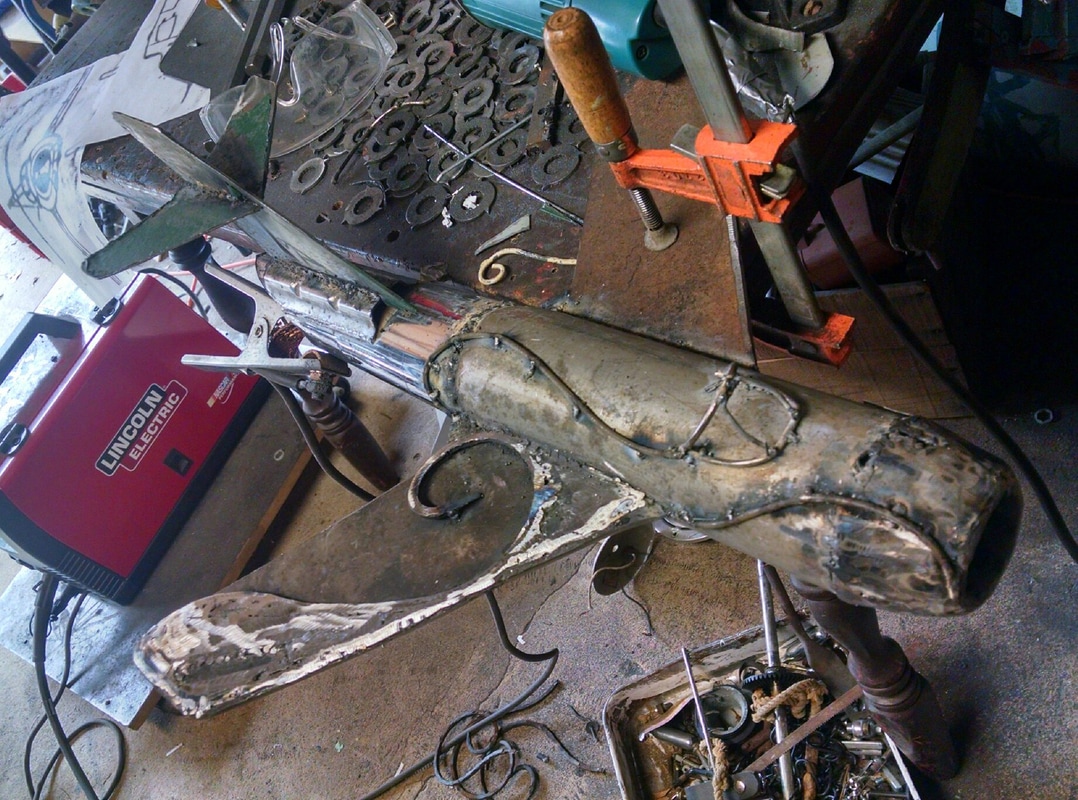
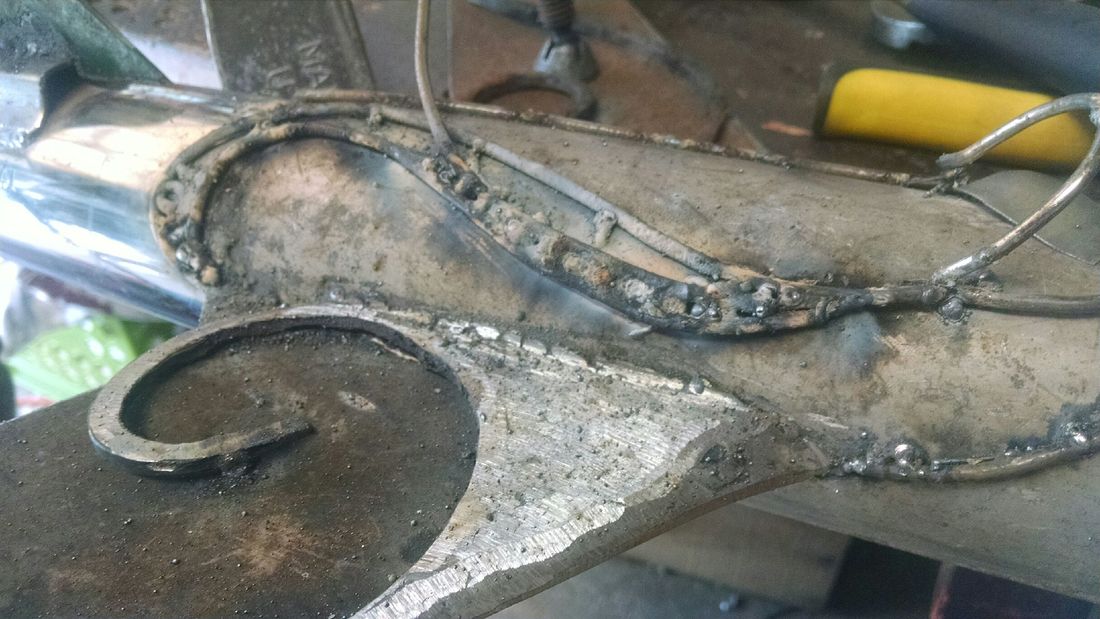
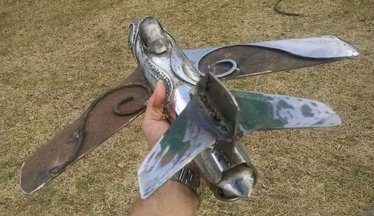
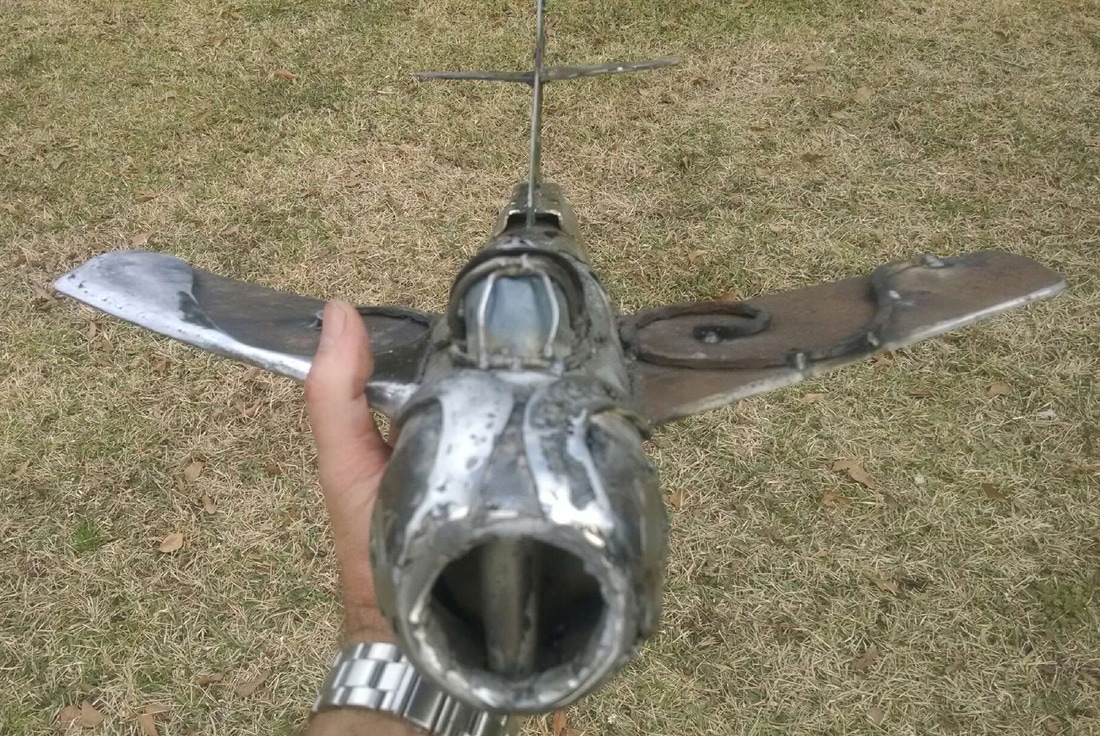
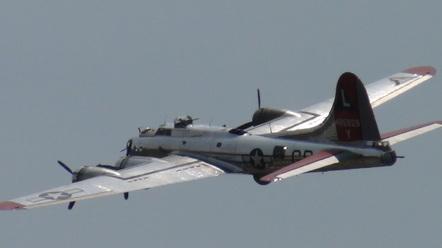


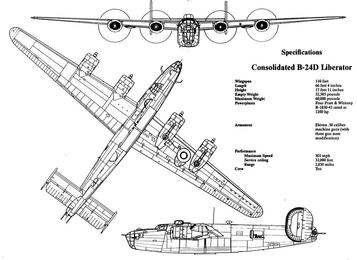
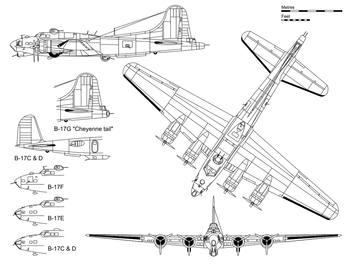

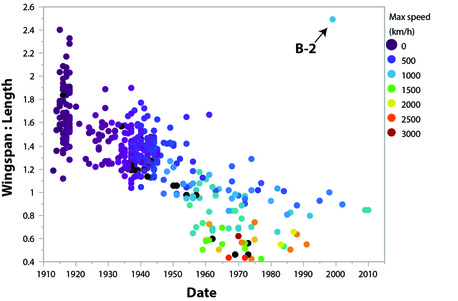



 RSS Feed
RSS Feed
